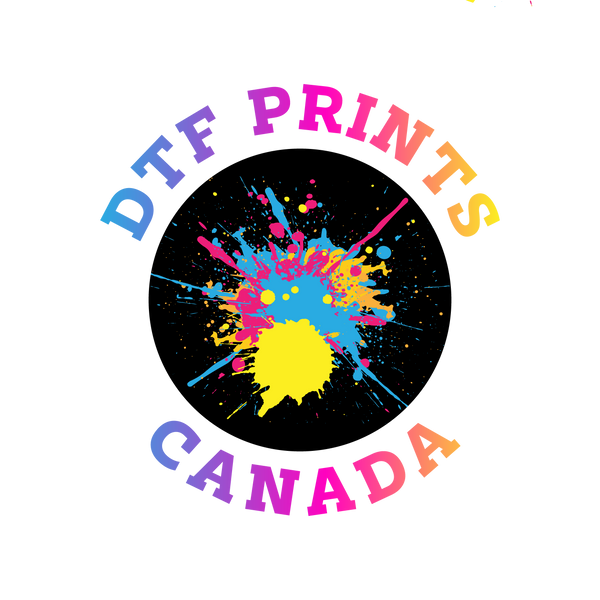🎨 Artwork Preparation Guide: Avoiding White Outlines in DTF Printing 🎨
A simple guide to ensure your design prints perfectly clean, crisp, and without unwanted borders.
The Problem: Anti-Aliasing and the White Underbase
DTF (Direct-to-Film) printing requires a base layer of white ink—called the white underbase—to be printed behind all your colors. This ensures your vibrant artwork shows up clearly on any garment color.
The key is to make sure every edge pixel of your design is 100% opaque (solid color) or 100% transparent (nothing there).
How the white outline happens:
- When you convert vector art to a PNG, your software uses a process called Anti-Aliasing to smooth out edges and curves.
- Anti-aliasing works by adding tiny, semi-transparent (partially opaque) pixels along the edge, making the design fade into the background.
- Since these pixels are partially transparent, they still tell the printer to lay down the white underbase underneath them, but because they hold little to no actual color data, they print as faint white dots or a white halo.
The Solution: Disable Anti-Aliasing on Export
To prevent the white fringe, you must turn off the anti-aliasing feature when you create your final PNG file.
Adobe Illustrator
Method 1: Exporting to a PNG
- Go to File > Export > Export As... or Save for Web (Legacy).
- Choose PNG (.png) as the file format.
- In the export settings window, set Background Color to Transparent.
- CRITICAL STEP: Find the Anti-aliasing setting and change it from "Art Optimized" or "Type Optimized" to None (or Off).
- Click Export/Save.
Method 2: Pasting into Photoshop
- Copy your vector artwork from Illustrator.
- In Photoshop, go to Edit > Paste.
- CRITICAL STEP: When the Paste dialog appears, select Pixels and UNCHECK the box next to Anti-aliased.
Adobe Photoshop
When Using Shapes or Text
- For the Text Tool, look at the Options Bar (top) and change the Anti-aliasing setting from "Strong" or "Sharp" to None.
- For Shape Tools or Selection Tools, ensure any "Feather" or "Anti-aliasing" options are turned off or set to a value of 0.
When Saving the Final File
- Go to File > Save As or File > Export > Export As.
- Save your file as a PNG with Transparency enabled.
- CRITICAL CHECK: Always zoom in on your final PNG before sending it to ensure the edges are sharp.
CorelDRAW
Exporting to a PNG
- Go to File > Export (or press $Ctrl+E$).
- Choose PNG - Portable Network Graphics as the file type.
- Click Export. This opens the Export PNG dialog box.
- On the Settings or General tab: Verify Transparency is enabled.Find the Anti-aliasing option.
- CRITICAL STEP: Make sure the Anti-aliasing checkbox is UNCHECKED (it must be off).
- Click OK/Export.
Quick Checklist for Perfect Artwork
- Format: PNG (with transparent background).
- Resolution: 300 DPI (Dots Per Inch) or higher.
- Anti-aliasing: OFF/None on export.
